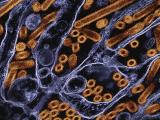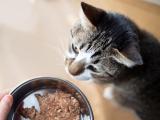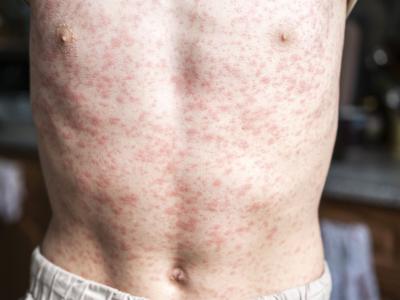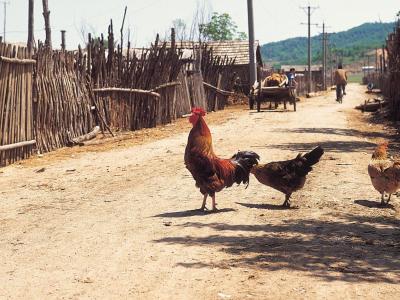Apr 19, 2007 (CIDRAP News) – The final epidemiologic report on the United Kingdom's first H5N1 avian influenza outbreak says the source of the virus remains unknown but might have been contaminated turkey meat imported from Hungary.
Investigators from the National Emergency Epidemiology Group explored all possible ways the virus could have arrived at the Bernard Matthews turkey farm in Suffolk in February, the UK Department for Environment, Food and Rural Affairs (DEFRA) said in a press release.
"No specific proven source has been found," the agency said. But the 32-page epidemiologic report concludes that contaminated turkey meat could have been imported and that it could have come from birds that had subclinical H5N1 infections from exposure to wild birds that spread the virus to two Hungarian goose farms in January.
According to a Feb 12 report from the World Organization for Animal Health (OIE), two goose farms in Csongrad province in southern Hungary reported H5N1 outbreaks in late January. The report said the source of the infection was unknown.
In a previous press release, DEFRA said the H5N1 strain found on the Bernard Matthews farm was similar to an Asian one detected on a goose farm in southeastern Hungary in late January.
The investigation, which included authorities from the European Commission and Hungary, found no evidence of undisclosed H5N1 infection in Hungary and indicated that undetected infections in turkeys there would be "a rare event," DEFRA said today.
Debby Reynolds, DEFRA's chief veterinary officer, said the results of the investigation are helpful for increasing experts' understanding of avian flu. "Most potential routes of infection are controlled through current procedures. However, the outbreak in Suffolk appears to be the outcome of a series of normally low probability events and circumstances which cumulatively led to the introduction of disease," she said in the news release.
Reynolds said DEFRA would continue to work with the poultry industry and transportation firms to examine all areas of biosecurity.
In its press release, DEFRA also said Bernard Matthews would be compensated 589,356 pounds (about US $1.18 million dollars) for culling its flocks to prevent the spread of the disease. According to an OIE report, the company culled 152,000 birds after the H5N1 outbreak was detected.
Some groups in England have criticized the government's payment to Bernard Matthews as too large, according to several English media reports today. However DEFRA said compensation incentives, required by law, are useful for inducing companies to report disease outbreaks early.
DEFRA said it was working with industry on a proposed animal disease tax intended to balance the burden on taxpayers and industry in the event of animal disease outbreaks.
The February H5N1 outbreak was the first within English borders, though a series of avian flu events in the past few years have kept the country on alert for the disease. In September 2005, H5N1 was detected in some finches that were quarantined in Sussex after importation from Taiwan. In March 2006 a dead mute swan that had washed up on a Scottish shore tested positive for the virus. And in April 2006 a low-pathogenic form of H7N3 avian influenza struck three English farms, leading to the culling of 50,000 poultry.
See also:
Feb 5, 2007, CIDRAP News article "England reports first H5N1 poultry outbreak"
OIE reports on Hungarian outbreak
http://www.oie.int/downld/AVIAN%20INFLUENZA/A2007_AI.php#
OIE reports on English outbreak


















